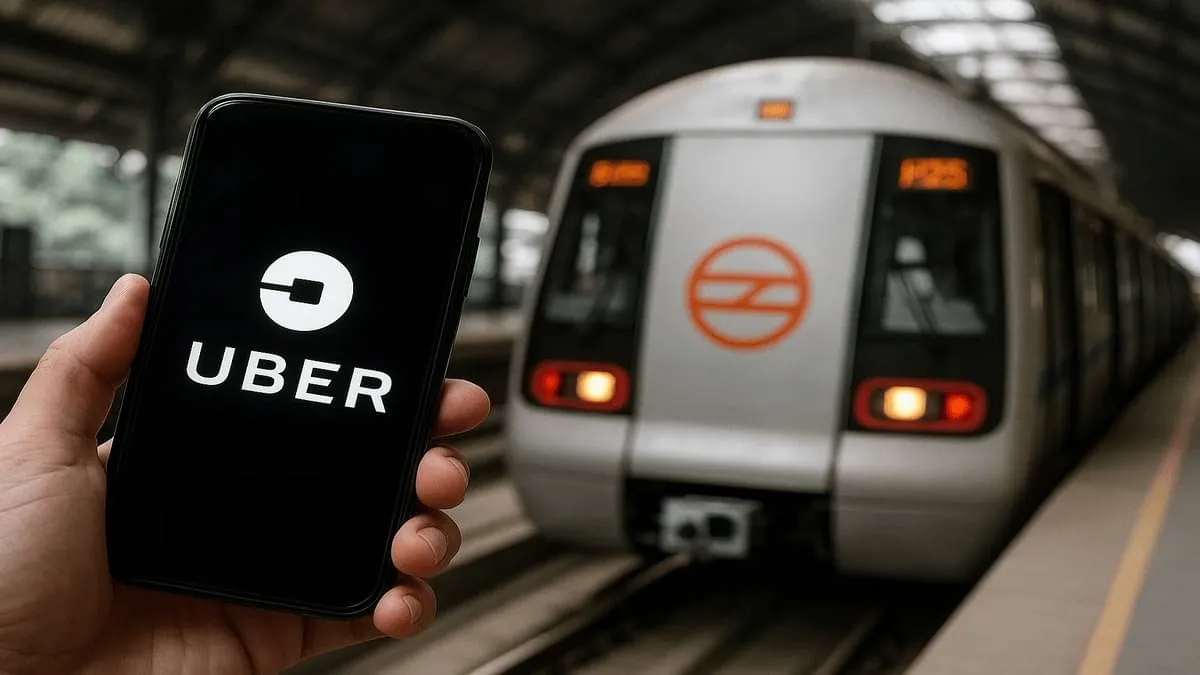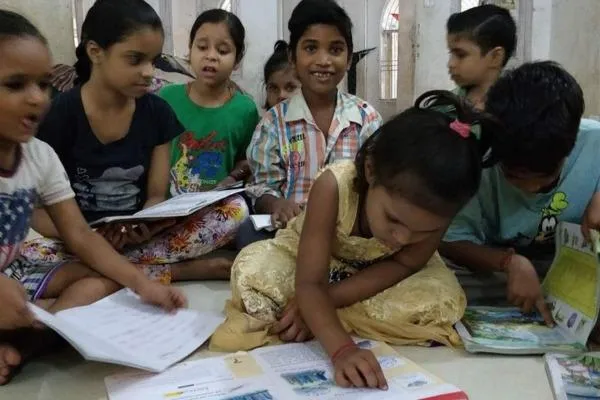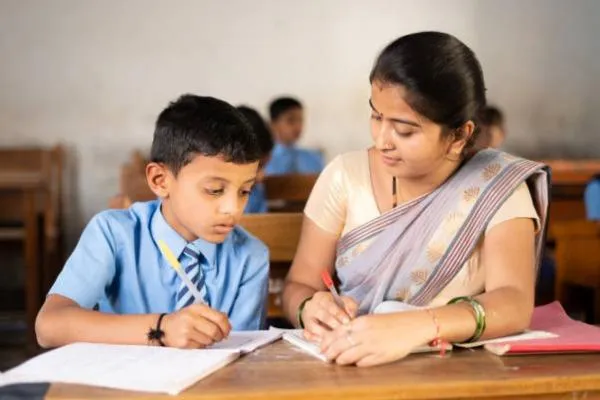
How to Book Delhi Metro Tickets Using the Uber App in 2025
How to Book Delhi Metro Tickets Using the Uber App in 2025
Commuting in Delhi-NCR can be a challenge, especially during peak hours when long queues at metro ticket counters add unnecessary stress. To address this, Uber launched its Metro Ticketing feature on May 19, 2025, enabling users to book Delhi Metro tickets directly through the Uber app with just a few taps. Integrated with the Open Network for Digital Commerce (ONDC) and the Delhi Metro Rail Corporation (DMRC), this feature serves the 6.5 million daily metro riders, offering a seamless, time-saving alternative to traditional ticketing methods. This comprehensive guide details how to use Uber’s Metro Ticketing feature, its benefits, availability, and tips to enhance your commuting experience in 2025, ensuring a hassle-free journey across Delhi’s extensive metro network.

The Need for Digital Metro Ticketing in Delhi-NCR
The Delhi Metro, spanning 12 lines and 288 stations, is a lifeline for millions, handling over 65 lakh daily passengers as of September 2025. However, crowded ticket counters at stations like Rajiv Chowk, Kashmere Gate, and Hauz Khas often lead to delays, particularly during morning and evening rush hours. Uber’s Metro Ticketing feature, introduced in collaboration with ONDC and DMRC, revolutionizes this process by allowing commuters to book QR code-based tickets from anywhere, bypassing physical counters and ticket vending machines. This aligns with India’s push for digital public infrastructure, making public transport more accessible and efficient.
The feature’s launch follows a 2024 Memorandum of Understanding (MoU) between Uber and ONDC, aimed at integrating public transport solutions into private mobility apps. With over 1.2 million daily Uber rides in Delhi-NCR, the Metro Ticketing feature caters to a diverse user base, from office-goers to students, offering a unified platform for metro and last-mile travel. By September 2025, Uber reported over 500,000 metro ticket bookings through the app, underscoring its popularity and effectiveness in streamlining urban commuting.
Benefits of Uber’s Metro Ticketing Feature
Uber’s Metro Ticketing feature offers a range of advantages that enhance the commuting experience in Delhi-NCR. Here are the key benefits:
- Unmatched Convenience: Book tickets from anywhere—home, work, or en route—without needing to visit a ticket counter or download a separate metro app.
- Time Efficiency: Purchase tickets in advance to avoid queues, saving valuable time during peak hours at busy stations.
- Integrated Travel Planning: Combine metro tickets with Uber Auto or Moto bookings for seamless first- and last-mile connectivity, all within one app.
- Exclusive Promotions: Enjoy app-only discounts, such as 20% off for first-time users or up to 50% off with seasonal coupons, making travel more affordable.
- Secure UPI Payments: Pay instantly using Unified Payments Interface (UPI), ensuring safe, cashless transactions with minimal hassle.
These benefits cater to the needs of Delhi’s fast-paced commuters, reducing physical contact and aligning with post-pandemic hygiene preferences. Uber’s Chief Technology Officer, Praveen Neppalli Naga, highlighted that the feature supports ONDC’s mission to democratize digital commerce, making public transport more accessible to India’s 140 crore population.
Availability of the Metro Ticketing Feature
As of September 2025, Uber’s Metro Ticketing feature is available exclusively in Delhi-NCR, covering the entire Delhi Metro network, including the Yellow, Blue, Red, and Magenta lines, among others. The service supports QR code-based ticketing, which is valid until the end of the metro’s service day, typically midnight. Uber plans to expand this feature to three additional cities, including Bengaluru and Hyderabad, by December 2025, following its successful rollout in Chennai earlier in the year.
The integration with ONDC ensures compatibility with DMRC’s ticketing system, allowing Uber to offer real-time fare calculations and route details. Unlike traditional smart cards, which require physical recharges, Uber’s QR code tickets are entirely digital, reducing the need for physical infrastructure. However, starting July 1, 2025, ONDC introduced a nominal INR 1.5 fee for transactions above INR 250, though most metro tickets, priced between INR 11 and INR 60, remain unaffected.
Step-by-Step Guide to Booking Delhi Metro Tickets
Booking a Delhi Metro ticket through the Uber app is quick and intuitive, designed to save time and enhance user experience. Follow these steps to secure your ticket:
- Update the Uber App: Download or update the Uber app to the latest version from the Google Play Store or Apple App Store to ensure the Metro Ticketing feature is available.
- Access Metro Tickets: Open the app and locate the “Metro Tickets” icon on the home screen or under the “Services” tab in the menu.
- Choose Stations: Select your starting and destination stations from the dropdown list, which includes all 288 Delhi Metro stations for easy navigation.
- Specify Ticket Quantity: Indicate the number of tickets (up to 8 per transaction) for yourself or group travelers.
- Review Fare and Route: Verify the fare and route details. For example, a trip from Dwarka to Noida City Centre costs INR 50, per DMRC’s 2025 fare structure.
- Complete Payment: Pay securely via UPI, applying any available discounts or coupons displayed in the app.
- Retrieve QR Code Ticket: After payment, a QR code ticket appears in the app under “Your Trips” or “Metro Tickets.” Scan it at the metro gate for entry and exit.
- Resolve Issues: If you face difficulties, tap the “?” icon in the app for support or to view your ticket history.
The process takes under a minute, and the QR code remains accessible offline if saved as a screenshot. Ensure your phone is charged, as a dead battery could prevent access to the ticket at the gate.
Maximizing Your Metro Ticketing Experience
To make the most of Uber’s Metro Ticketing feature, consider these expert tips for a smooth and efficient commute:
- Keep the App Updated: Regular updates ensure access to the latest features, security patches, and discount offers.
- Leverage Discounts: Check for app-exclusive promotions, such as 20% off for new users or up to 50% off during festive seasons, to reduce costs.
- Plan Multi-Modal Journeys: Book Uber Auto or Moto rides alongside metro tickets for door-to-door convenience, especially for stations with limited last-mile options.
- Double-Check Stations: Verify your starting and destination stations, particularly for routes with interchanges, to avoid purchasing incorrect tickets.
- Save QR Code Offline: Take a screenshot of your QR code ticket as a backup in case of internet connectivity issues at the station.
These strategies help commuters navigate Delhi’s metro system efficiently, especially during high-traffic periods. For instance, booking tickets early in the morning can save up to 10–15 minutes at crowded stations, according to DMRC’s 2025 commuter data.
Alternative Ticketing Options for Delhi Metro
While Uber’s Metro Ticketing feature is highly convenient, other platforms offer similar QR code-based ticketing for the Delhi Metro. Apps like Paytm, PhonePe, and Tummoc, integrated with ONDC, provide seamless booking options with UPI payments. Additionally, DMRC’s WhatsApp ticketing service, accessible by sending “Hi” to +91 9650855800, offers a lightweight alternative for users who prefer not to download additional apps. The DMRC Sarthi app, while primarily for route planning, complements these services with real-time train schedules and station information.
For frequent travelers, the Delhi Metro Smart Card remains a viable option, rechargeable via UPI apps or at station counters. However, smart cards require physical top-ups, unlike Uber’s fully digital solution. Uber’s edge lies in its multi-modal integration, allowing users to plan end-to-end journeys without switching apps, a feature not fully replicated by other platforms.
The Future of Digital Ticketing in India
Uber’s Metro Ticketing feature is a milestone in India’s digital public transport ecosystem, aligning with the government’s vision for cashless, efficient urban mobility. The success of the Delhi-NCR rollout, coupled with its expansion to Chennai, sets the stage for nationwide adoption, with plans to cover 20 million metro commuters across major cities by 2026. ONDC’s open protocol ensures interoperability, allowing platforms like Rapido and Google Maps to offer similar ticketing services, fostering competition and innovation.
DMRC’s collaboration with private players like Uber has reduced operational costs by 15% at ticket counters, as reported in August 2025, while improving commuter satisfaction. As India’s urban population grows, with Delhi-NCR projected to reach 32 million by 2030, such digital solutions will be critical in managing transport demands and reducing congestion. Uber’s broader plans to integrate B2B logistics via ONDC further hint at a transformative future for urban mobility.
Comment / Reply From
You May Also Like
Popular Posts
Newsletter
Subscribe to our mailing list to get the new updates!





